- How was the Potala Palace built? Take you to understand its past and present
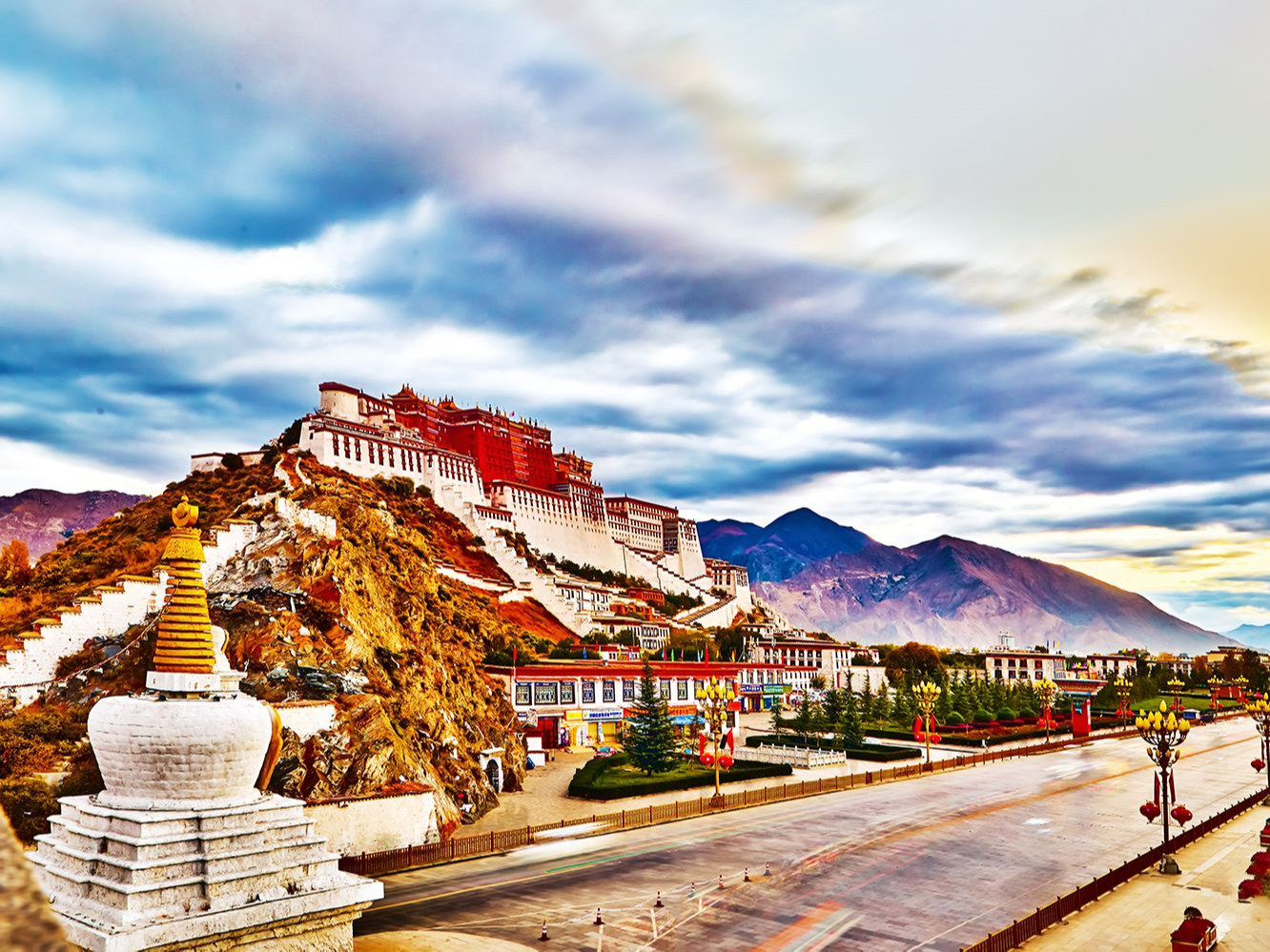
Is there a beautiful world hidden in your heart, is it a blue sky, clear lake water, or a castle far away from the hustle and bustle of the world, like a fairyland, how to describe it? Let's look at the Lhasa Valley in the southern part of the Qinghai-Tibet Plateau to see the Potala Palace, the highest existing palace.
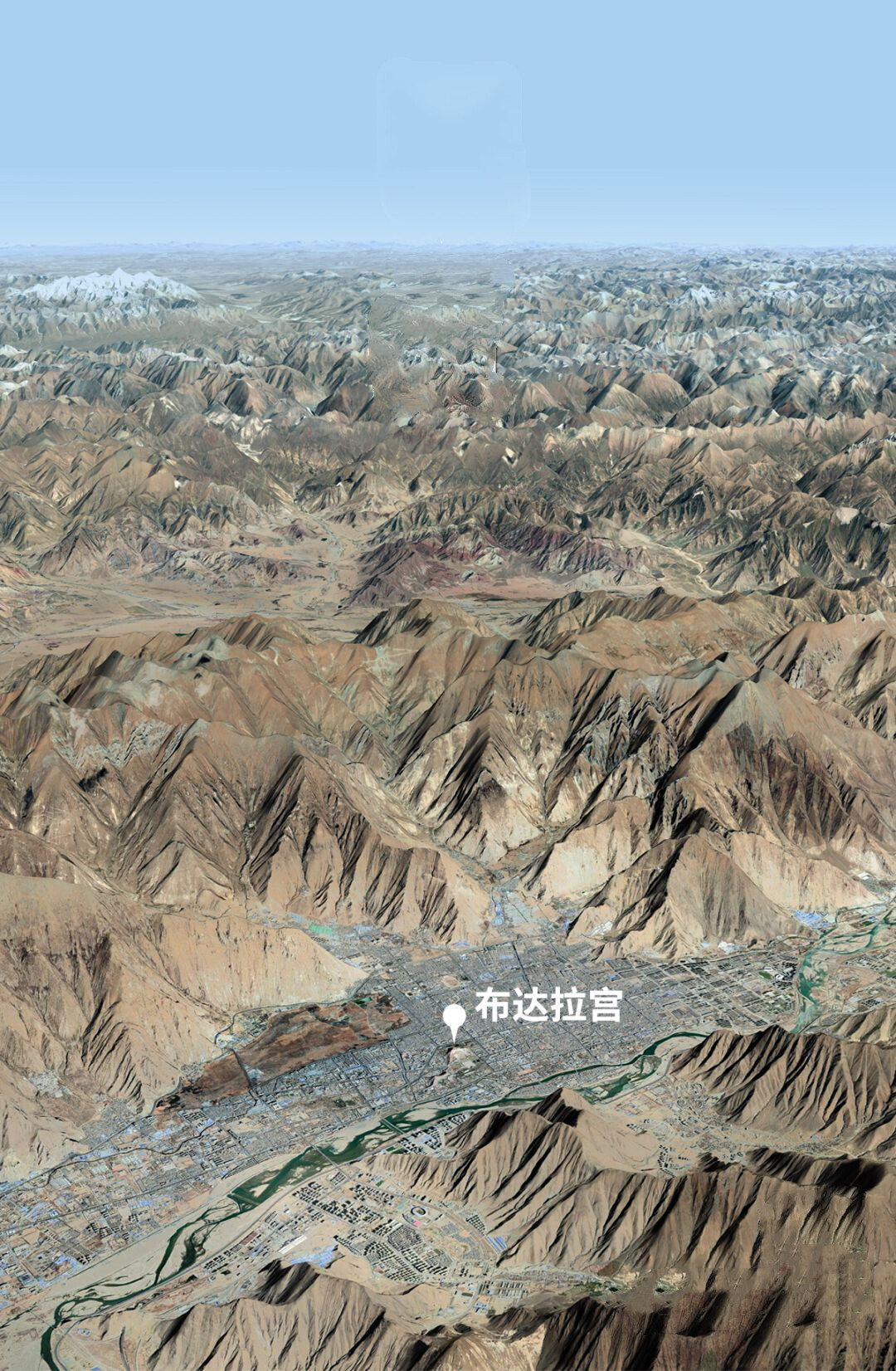
Overlooking from the air, this land is wide and barren, but its geographical location is extremely unique.
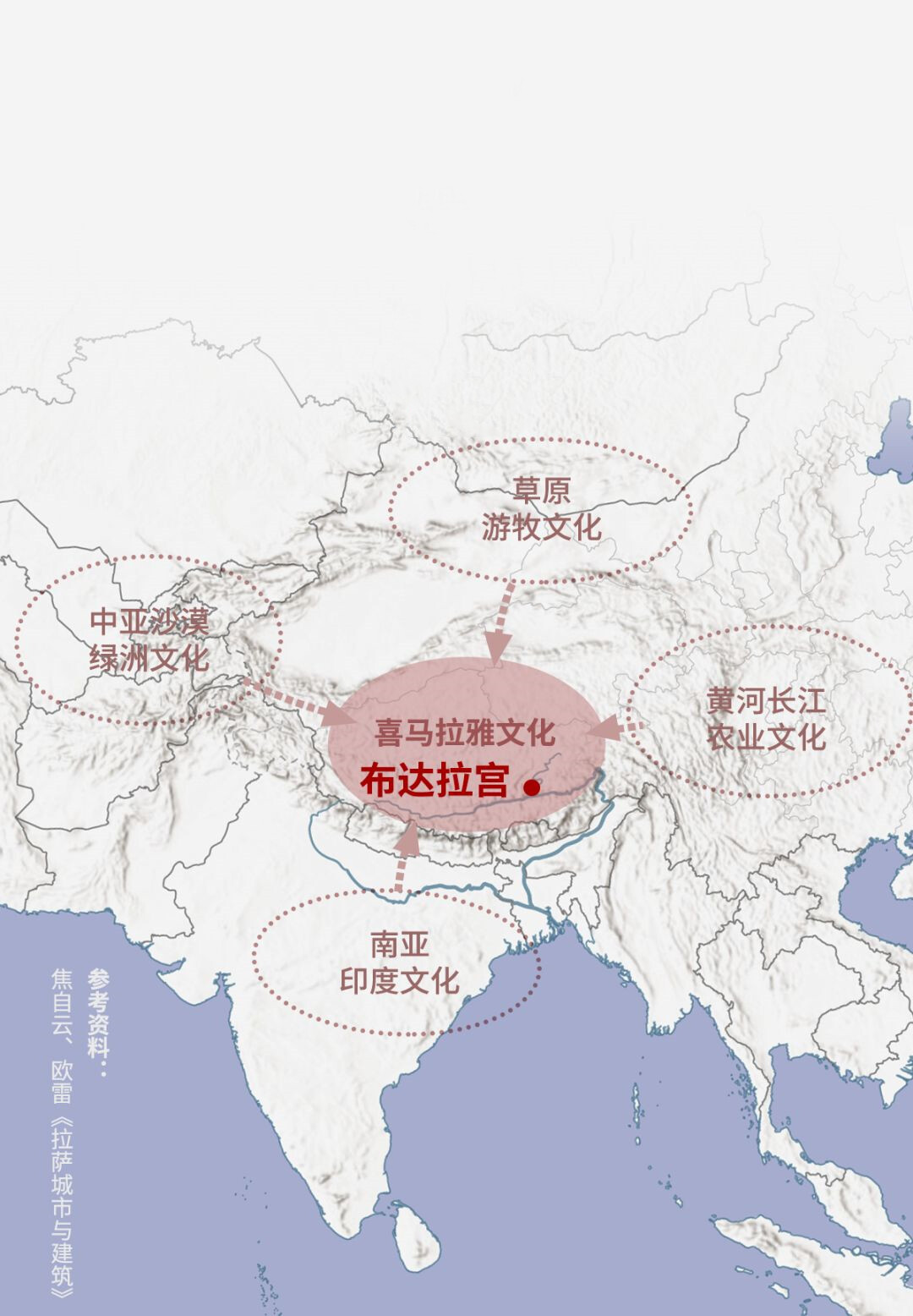
The unique location has created a distinctive culture, which makes the Potala Palace particularly attractive in many buildings in the world. Its shape gives a magnificent appearance, but there are a series of prohibitions inside, plus an intricate layout to cover the building itself. Put on a mysterious veil.
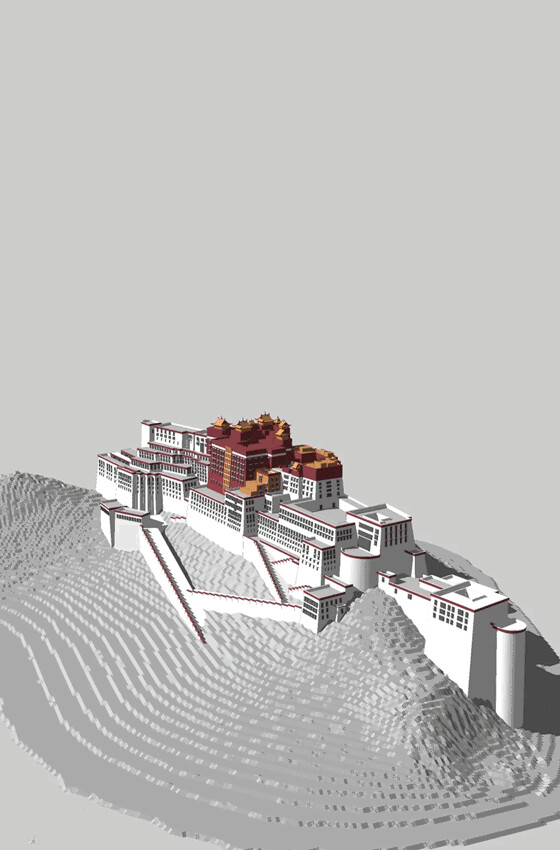
The exterior of the building is uplifting, and the mystery under the surface is unpredictable. How was such a palace constructed? Why is it so mysterious? To uncover this layer of veil, our eyes need to return to more than a thousand years ago.
The best in troubled times
At the end of the 6th century AD, the father of Songzanganbu, the leader of the Tibetan Yalong tribe in Shannan region, broke through the fort wall of the Sempor tribe-Chibangson in the Lhasa Valley today and occupied Lhasa.
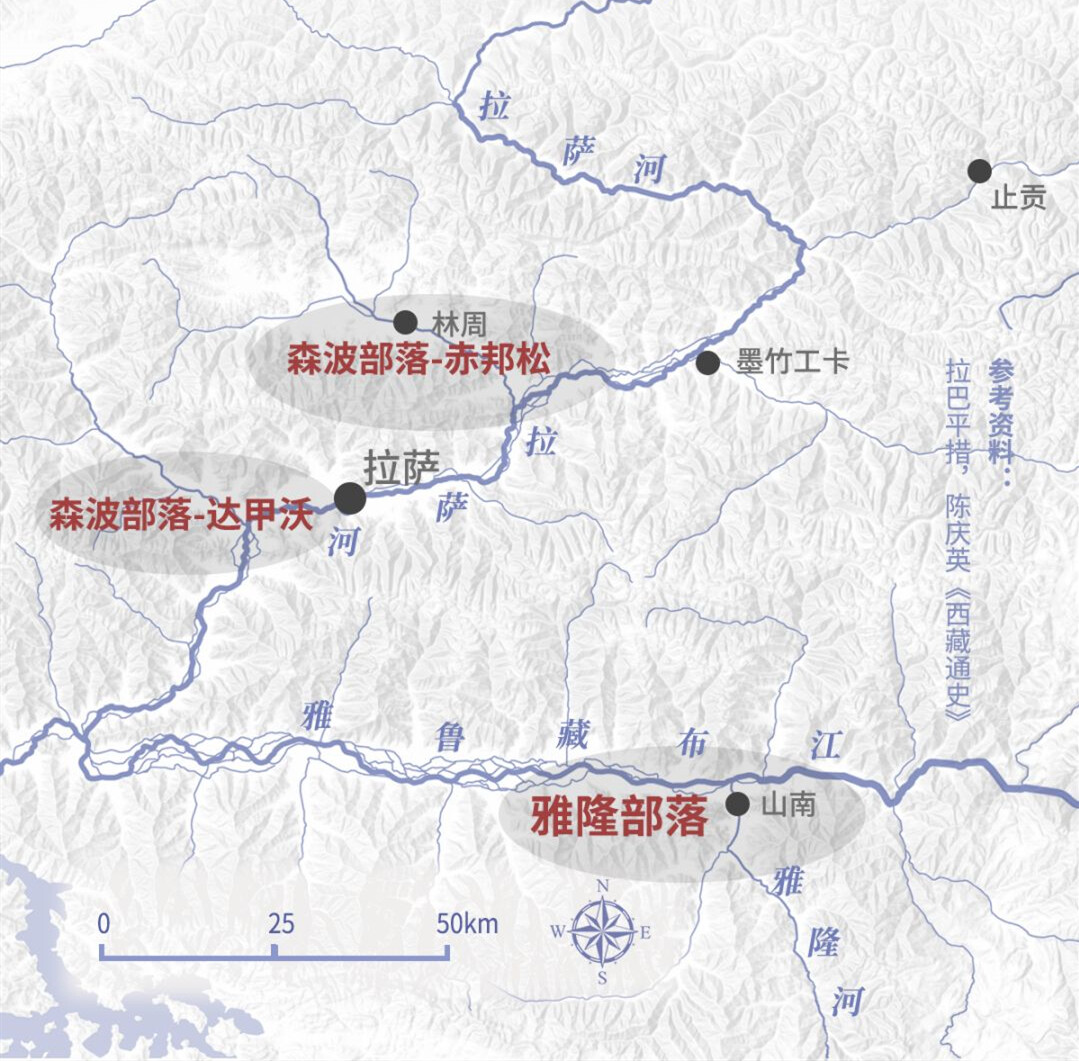
Since then, Songzanganbu inherited his father's business and established the Tubo dynasty, the capital of Lhasa, the first unified regime in Tibetan history in 633 AD.
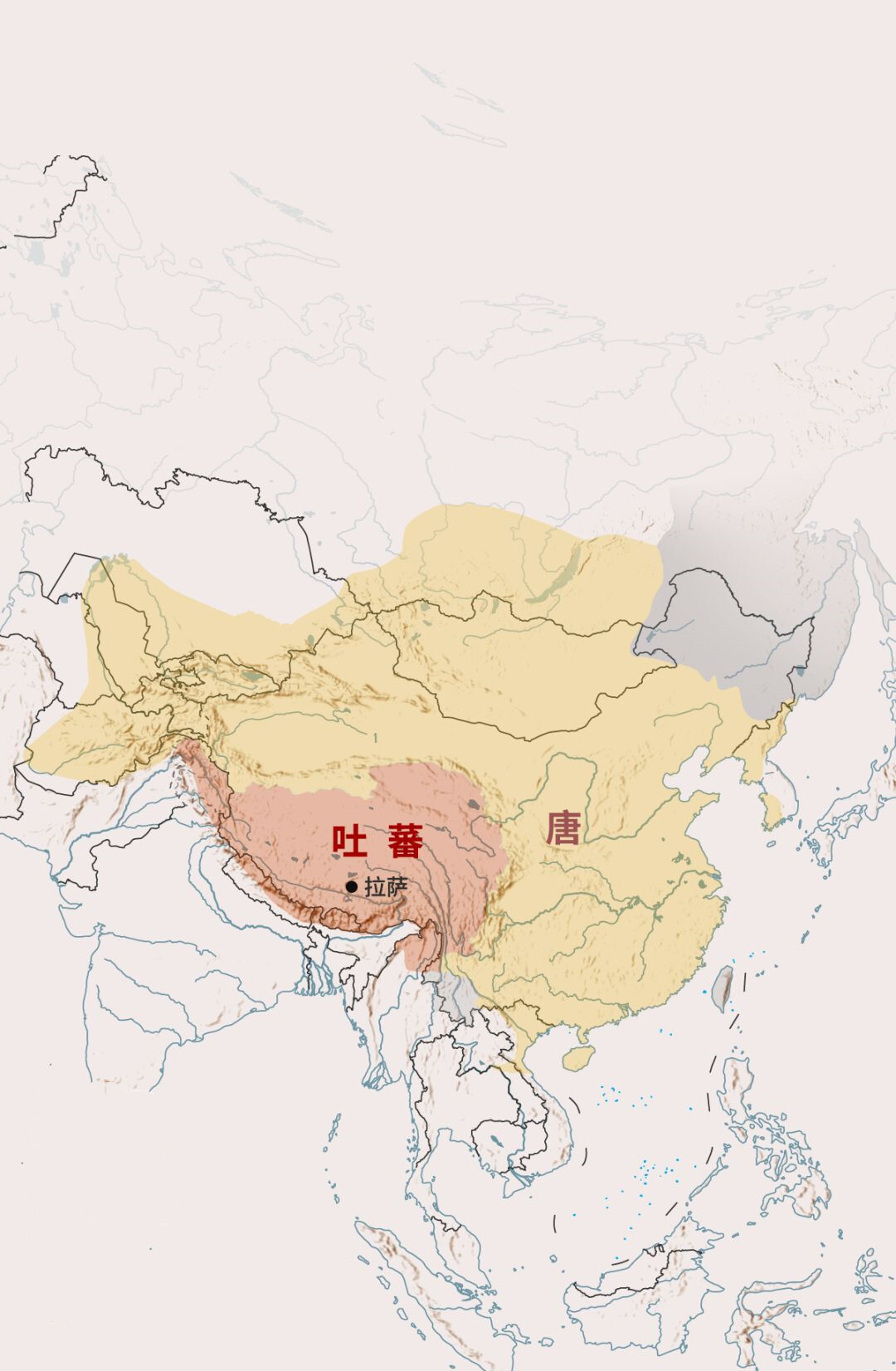
At this time, Lhasa was still a wetland in a river valley, with swamps scattered and barren.
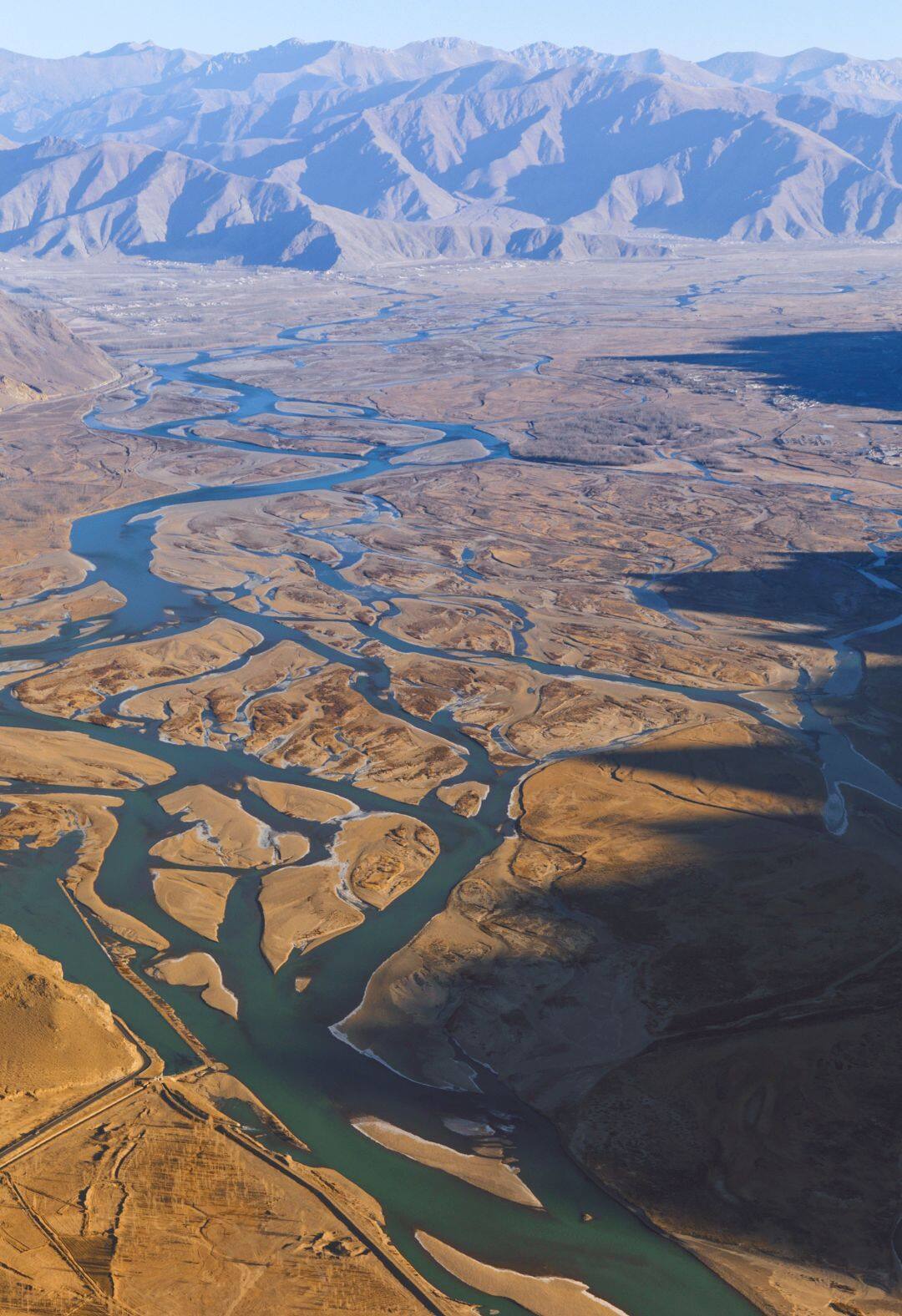
Songtzhan Gambo led the people to sparse the river channel, build palaces, build monasteries, and was in full swing to build in the Lhasa River Valley. At the same time, the Tang dynasty became prosperous. For the sake of military security) a grand palace was built on the Red Mountain in the center of Lhasa today. This is what the original Potala Palace's "Tibetan Kings" contained: "The gate is to the south, there are nine hundred red palaces, and there are a total of a thousand palaces in the Zanpu bedroom," showing the size of the palace at that time.
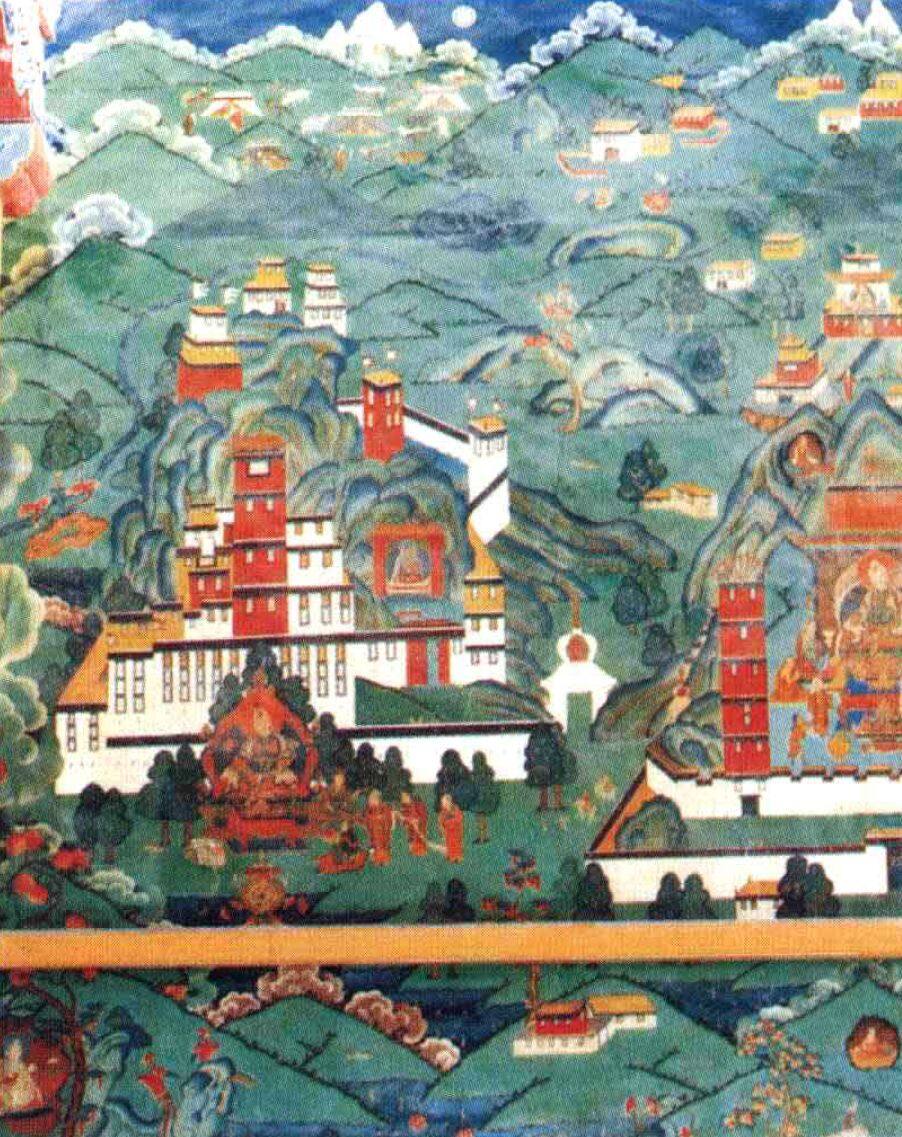
However, the Tubo dynasty soon fell into complicated social contradictions. In 869, a "big riot of civilians and slaves" occurred. In the same period, the Buddhism eradication in Tibet was prevalent. Most of the buildings in the Potala Palace were in this series of events. Destroyed, the palace built in less than 200 years withered with the collapse of the dynasty.
Cocoon rebirth
After 800 years, the local rights center in Tibet kept changing and the Potala Palace was not rebuilt until the 17th century (1642). Shihan defeated various local forces in Tibet and established the Gandanpozhang local government of Mongolia and Tibet. Lhasa once again became the center of Tibet. The reconstruction of the Potala Palace is imminent.
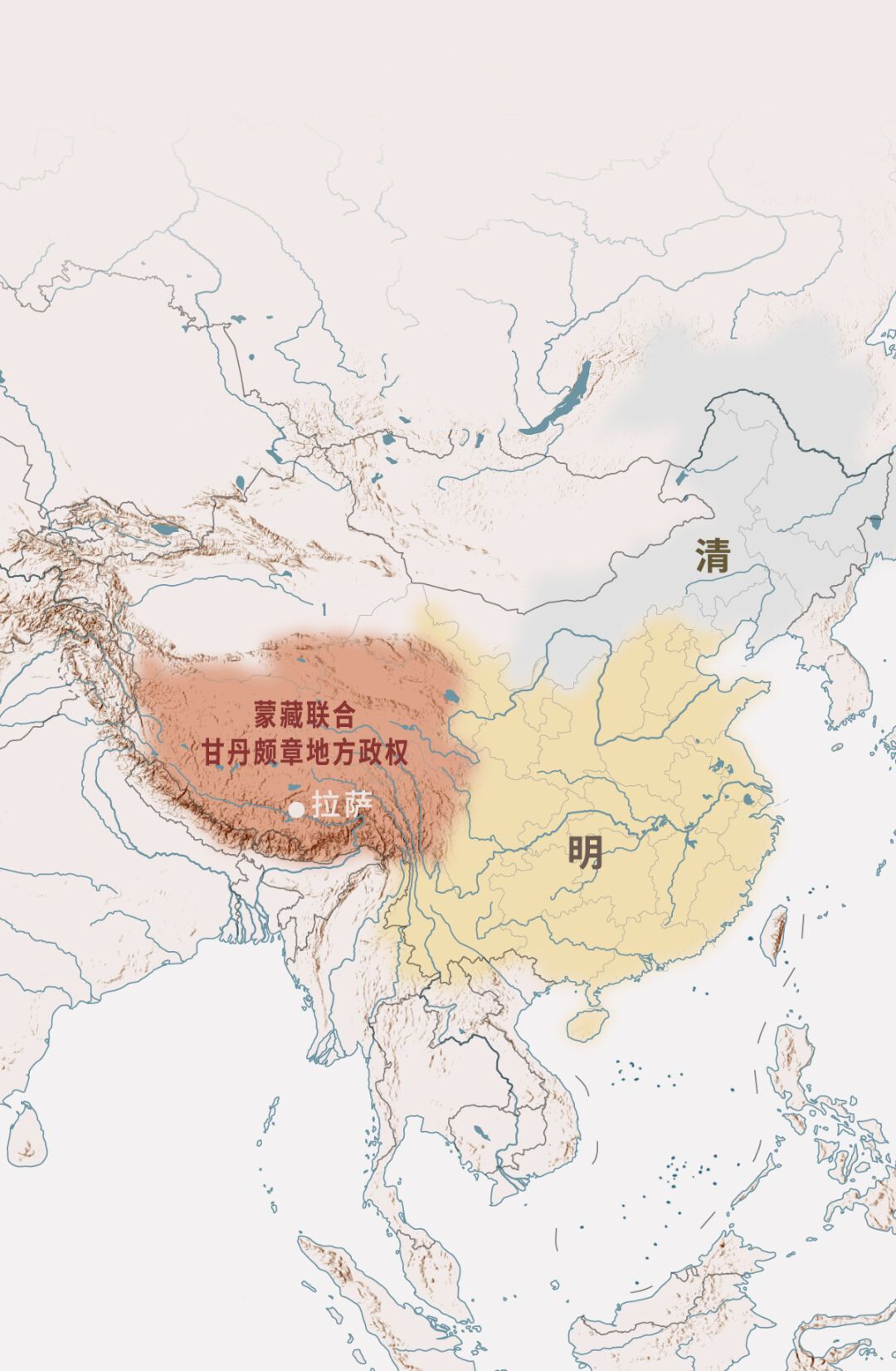
In 1645, the White House of Potala Palace laid the foundation stone, and all the projects were handed over by Dalai ’s steward, Soran Qunpei. The main project was basically completed three years later.
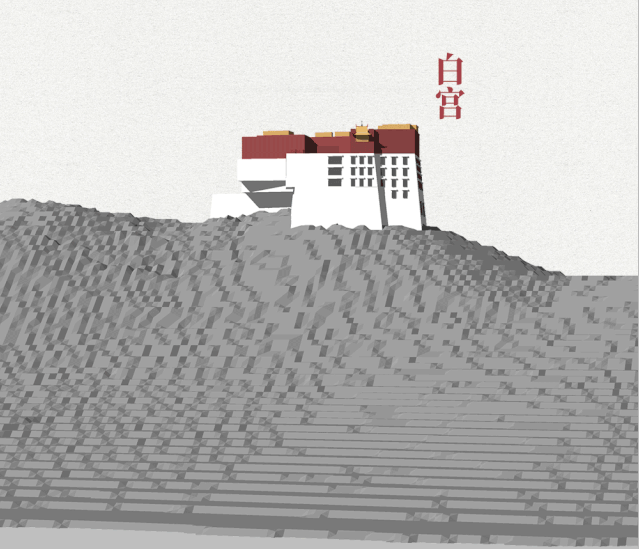
The White House has a trapezoidal plan and a total of seven floors. It is the Dalai Lama ’s dormitory and a place for handling government affairs. The fourth floor has the largest hall of the White House and the East Perfection Hall. .
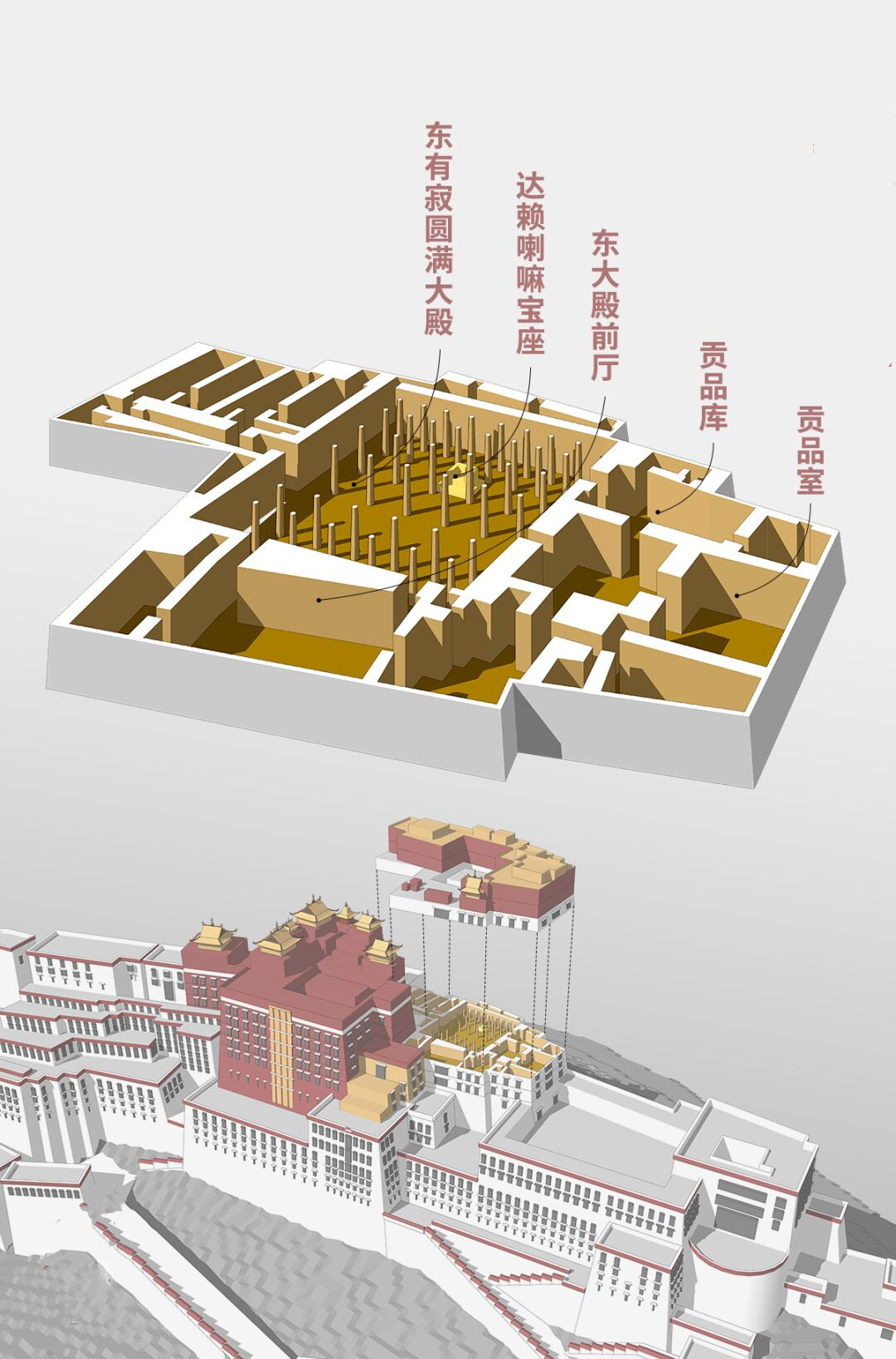
Then the fifth Dalai went to Beijing to meet Emperor Shunzhi, whose status was officially confirmed by the Qing court, and Lhasa ushered in the second city construction climax. In 1682, the 5th Dalai Lama passed away as a spiritual tower for the 5th Dalai Lama. The Red Palace was built on the west side of the White House in 1690. It took four years to complete.
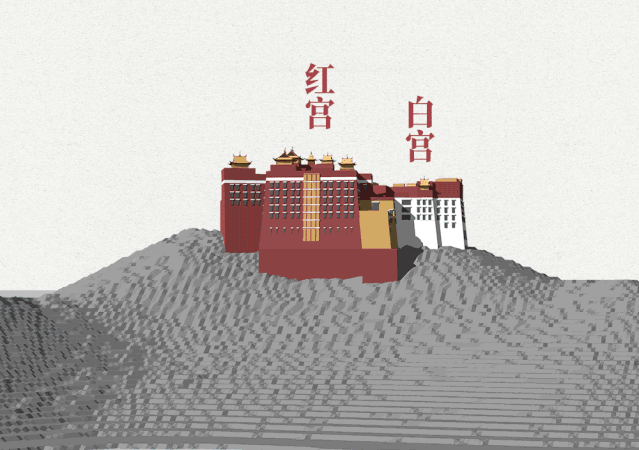
The Red Palace is square in plan and has a total of nine floors. On the fifth floor, there is the largest hall of the Red Palace, where the Pagoda of the Fifth Dalai Lama is located.
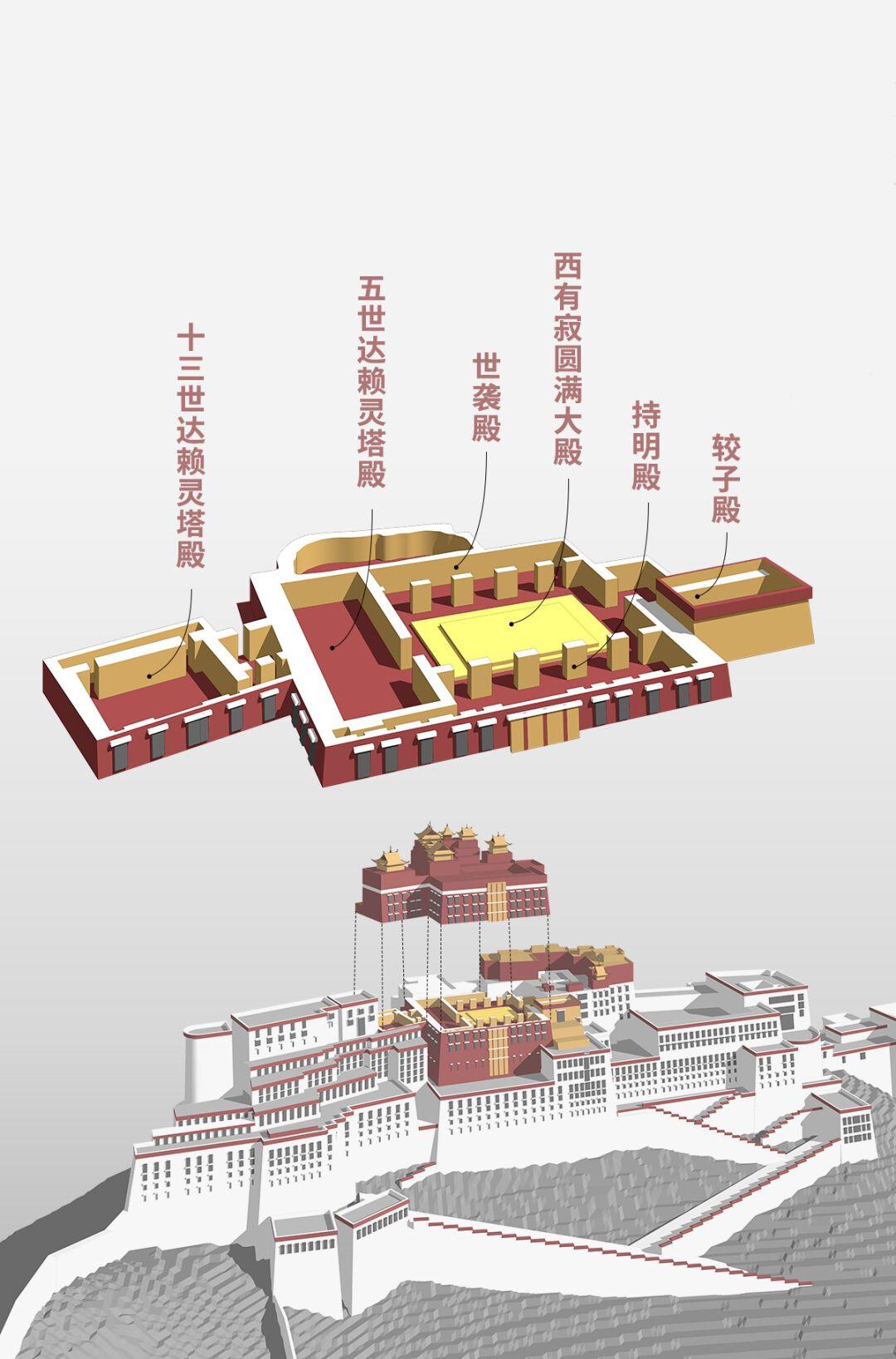
In addition, the autographs of the Qianlong Emperor and the murals of "The Fifth Dalai Lama Seeing Shunzhi Emperor" are also stored.

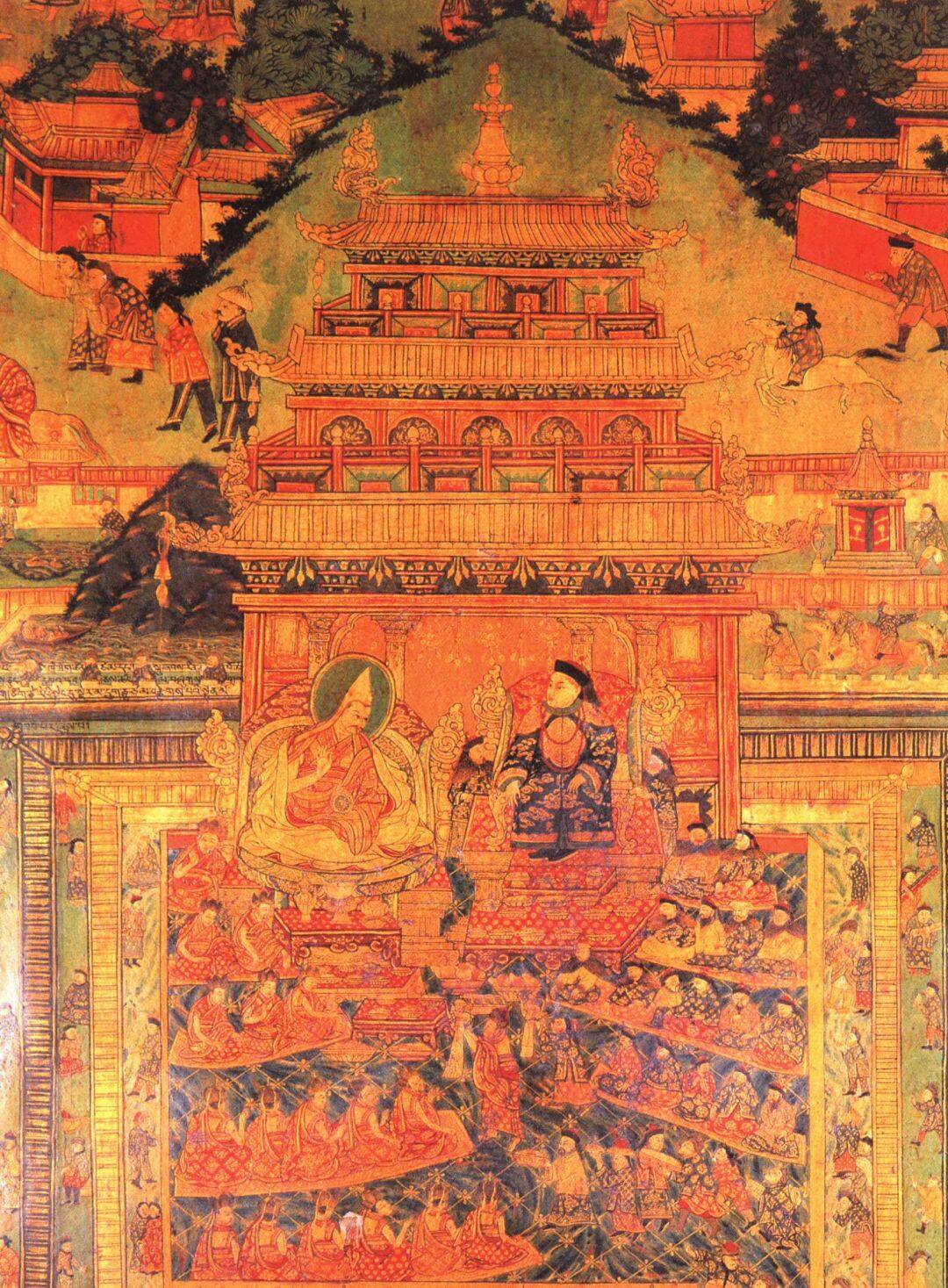
After that, the Red Palace became the place where the Dalai Ling Pagoda was stored. As the highest building of the Potala Palace, the Red Palace is an incomparable classic in terms of architectural art and religious connotation. The Red Palace is to the Potala Palace just like the Potala Palace to Tibetan Buddhism. It has extraordinary significance.
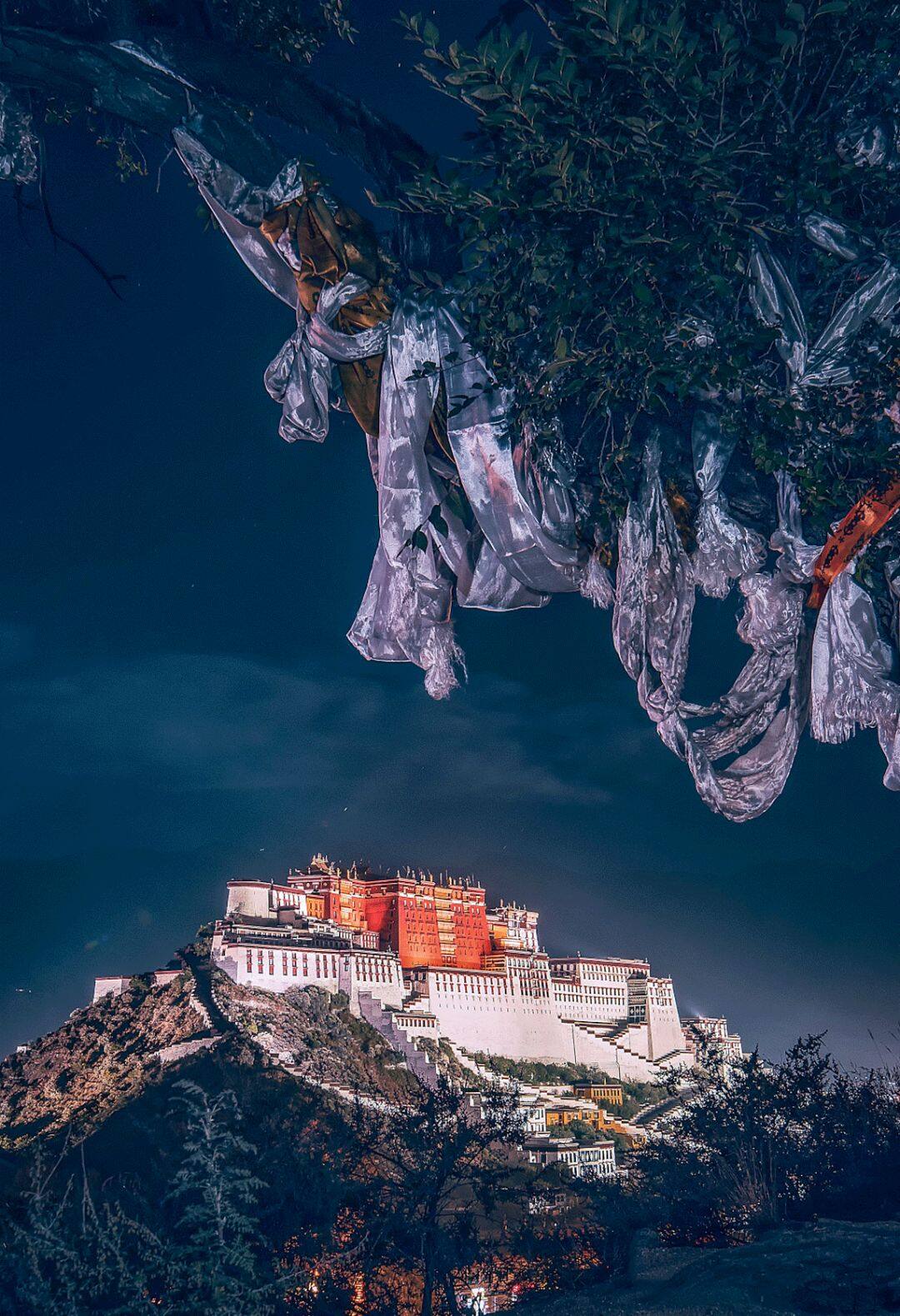
A courtyard is built under the Red Palace and the White House, and a mansion is built on the west side of the courtyard, which is used as a monk's life. At this point, the main body of the Potala Palace with the White House, Red Palace, courtyard, and Zhasha formed in this way.
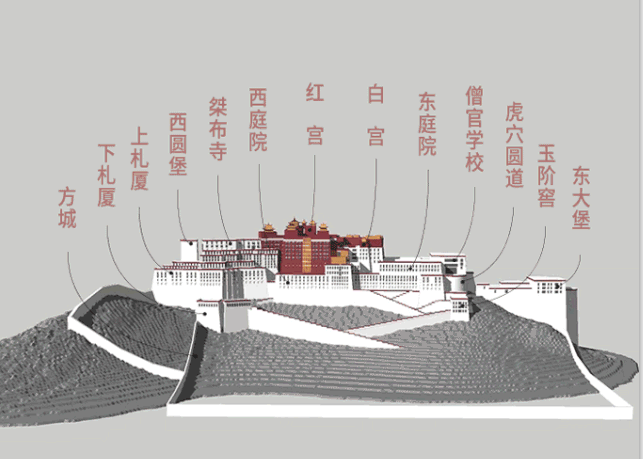
The construction cost more than 3 million two silver, and the cost per square meter was about 16,000 two silver. According to reports, when the construction period was busy, more than 7,000 craftsmen of various types were used. Later, after many expansions and reconstructions, a palace-like complex consisting of palaces, monks' houses, bunkers, and square cities was formed.
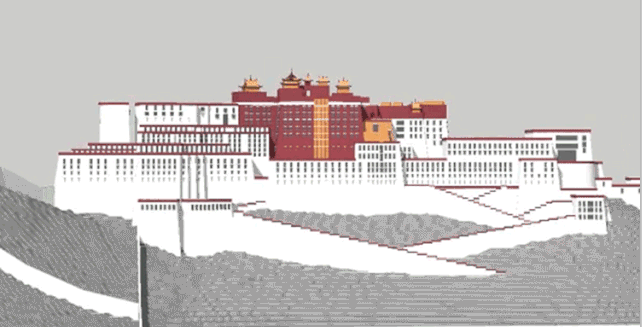
The architectural complex almost occupies the entire Red Mountain. It is majestic, tall, and imposing. It looks like a snow lotus blooming on a hill in the distance.
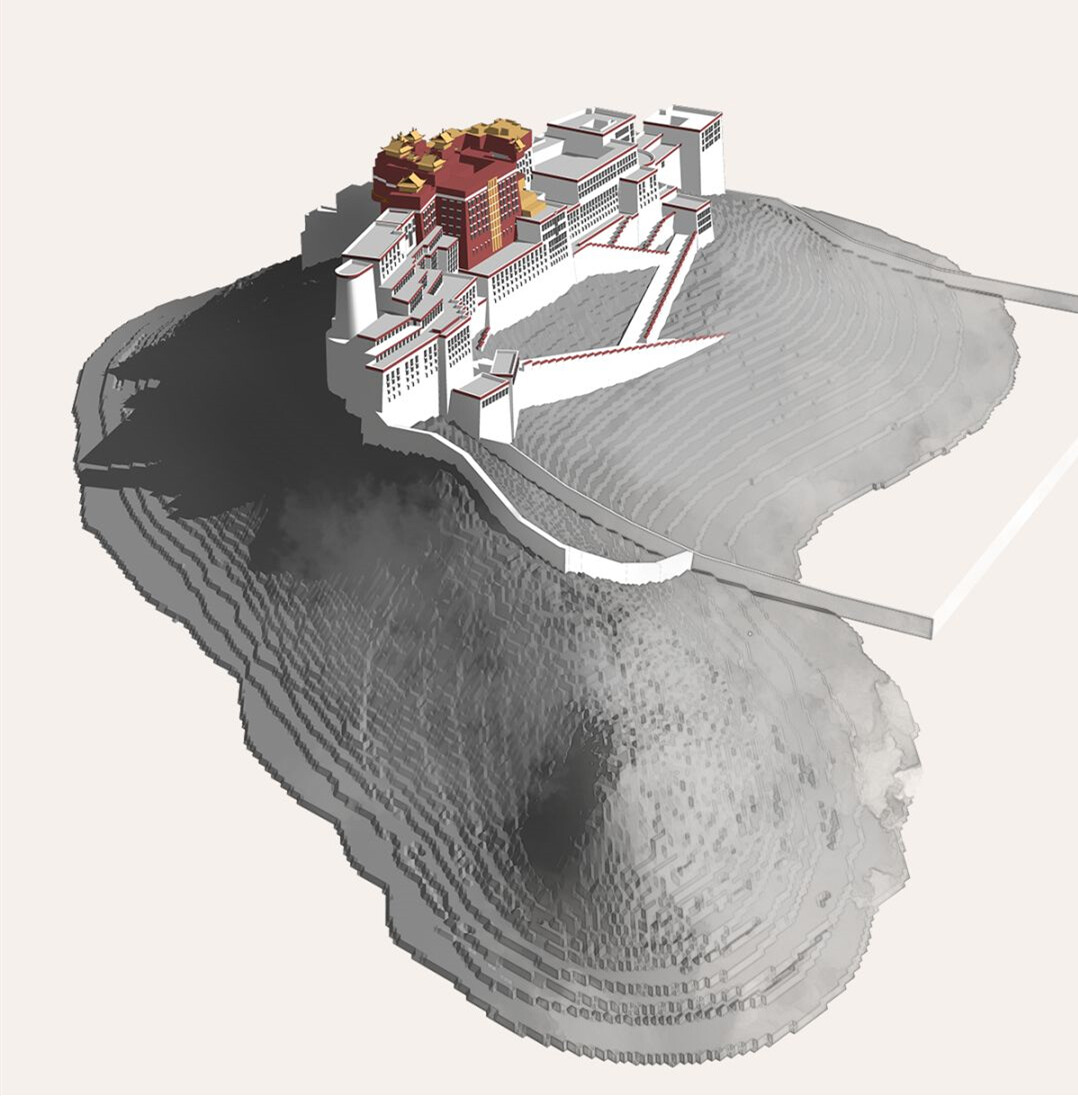
Overlooking from the sky, the whole building is very consistent with the mountain, like a gem growing in the rock.
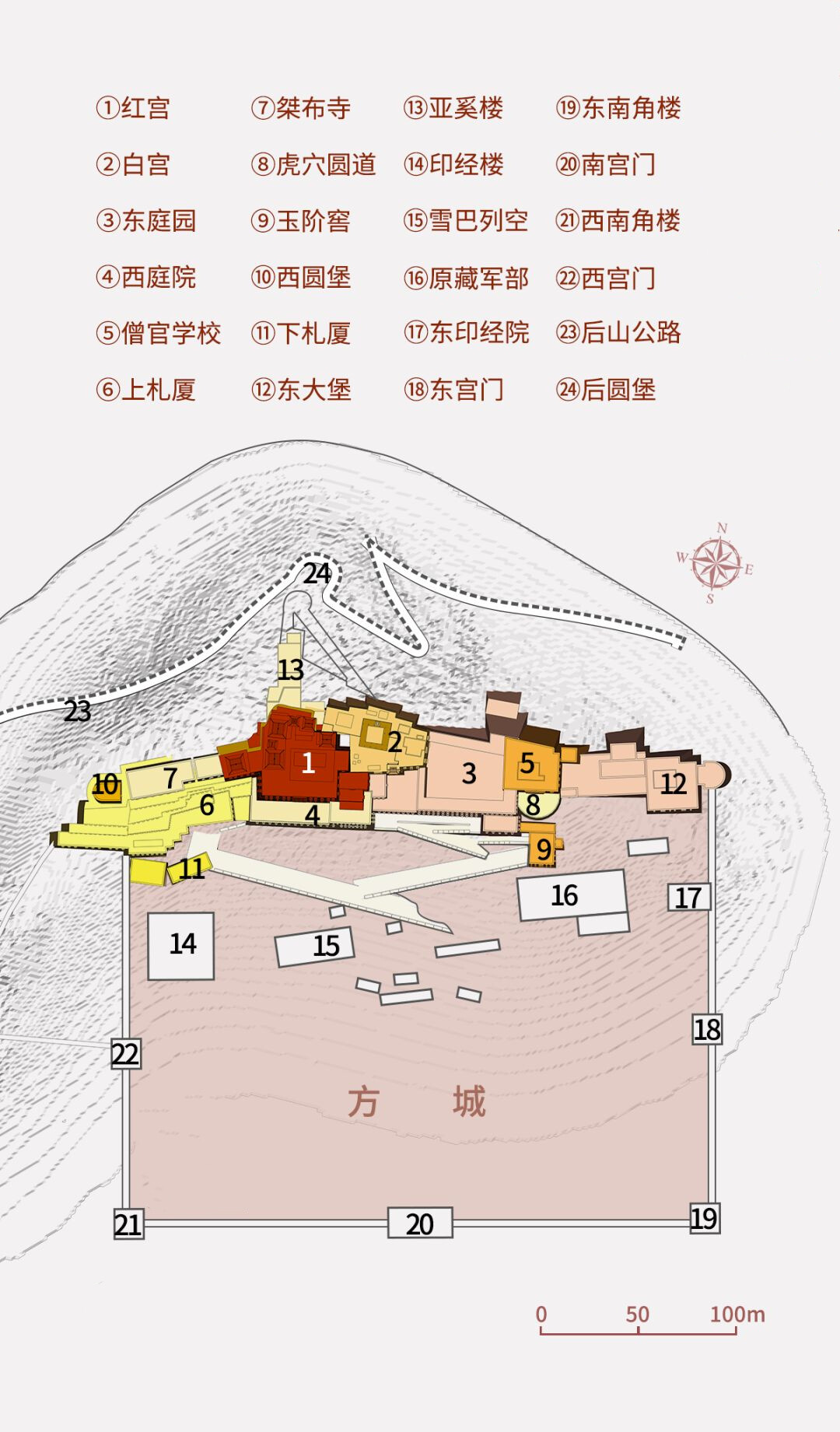
Snowy castle
The Potala Palace is not only a symbol of Tibetan Buddhism, but also an administrative center and comprehensive office center in the Tibetan area, including the office area: military department, court, economic institute, currency plant, incense factory, warehouse; living area: kitchen, Bars, tea houses, study rooms, monasteries, etc.
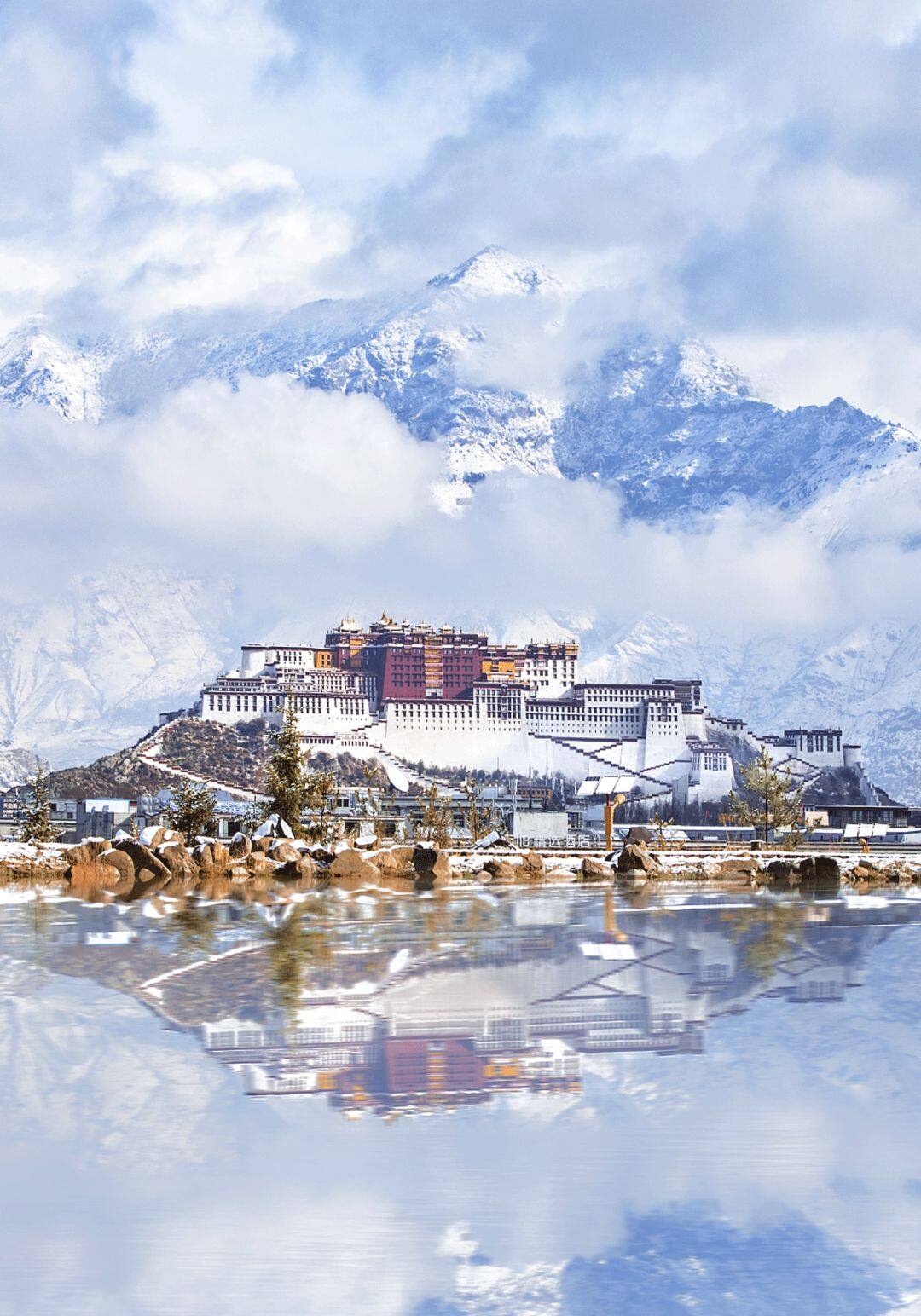
The integration of administration, justice, economy and culture in Tibetan areas plays an important role in the lives of Tibetans, and even becomes a cultural symbol of Tibet. Today, more than 1300 years have passed since the initial construction, the magnificent and magnificent momentum of the Potala Palace has been renewed for a long time in the continuous expansion of the city of Lhasa.
Looking from the riverside of Lhasa, in the crystal-clear air, the snow-white palace wall lifts the ochre palace like the sunset over the snowy mountain, which is the most beautiful color in the snow.
The Potala Palace is the largest and most complete and picturesque palace in Tibet. The white and fuchsia palace wall architecture of Potala Palace is in harmony with the blue sky and white clouds, very solemn and sacred. Editor / Zhao Yongjing
Comment
 Praise
Praise
 Collect
Collect
 Comment
Comment
 Search
Search



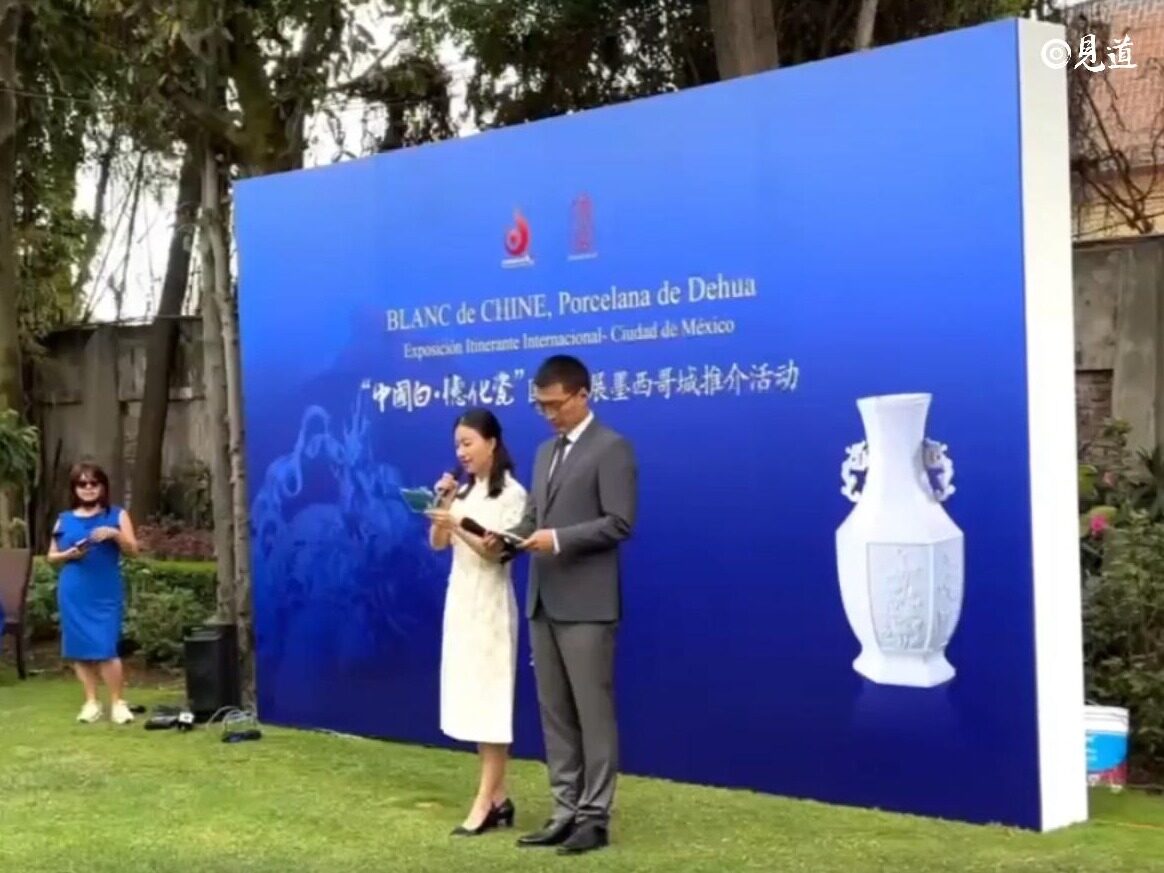

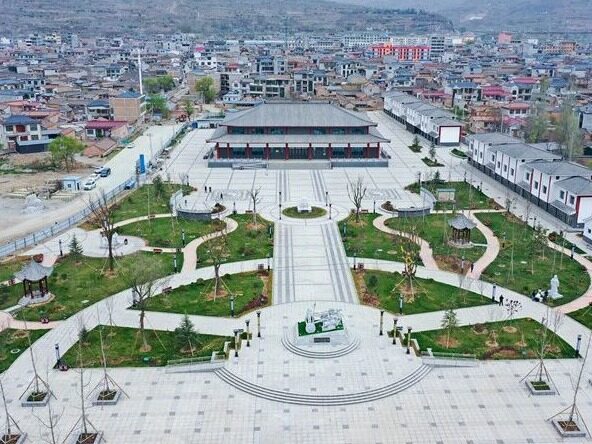
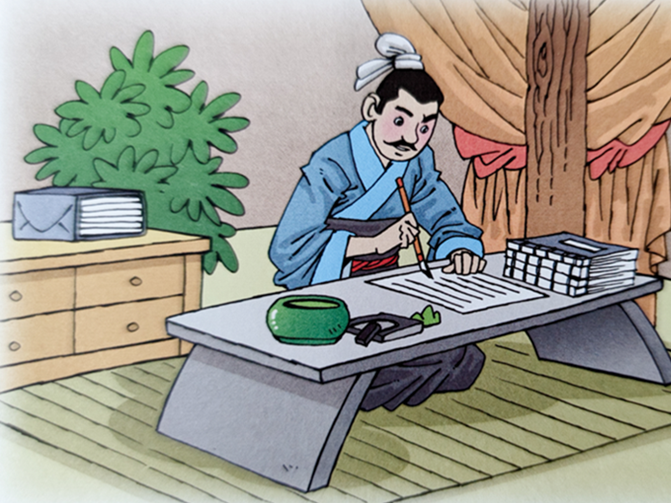
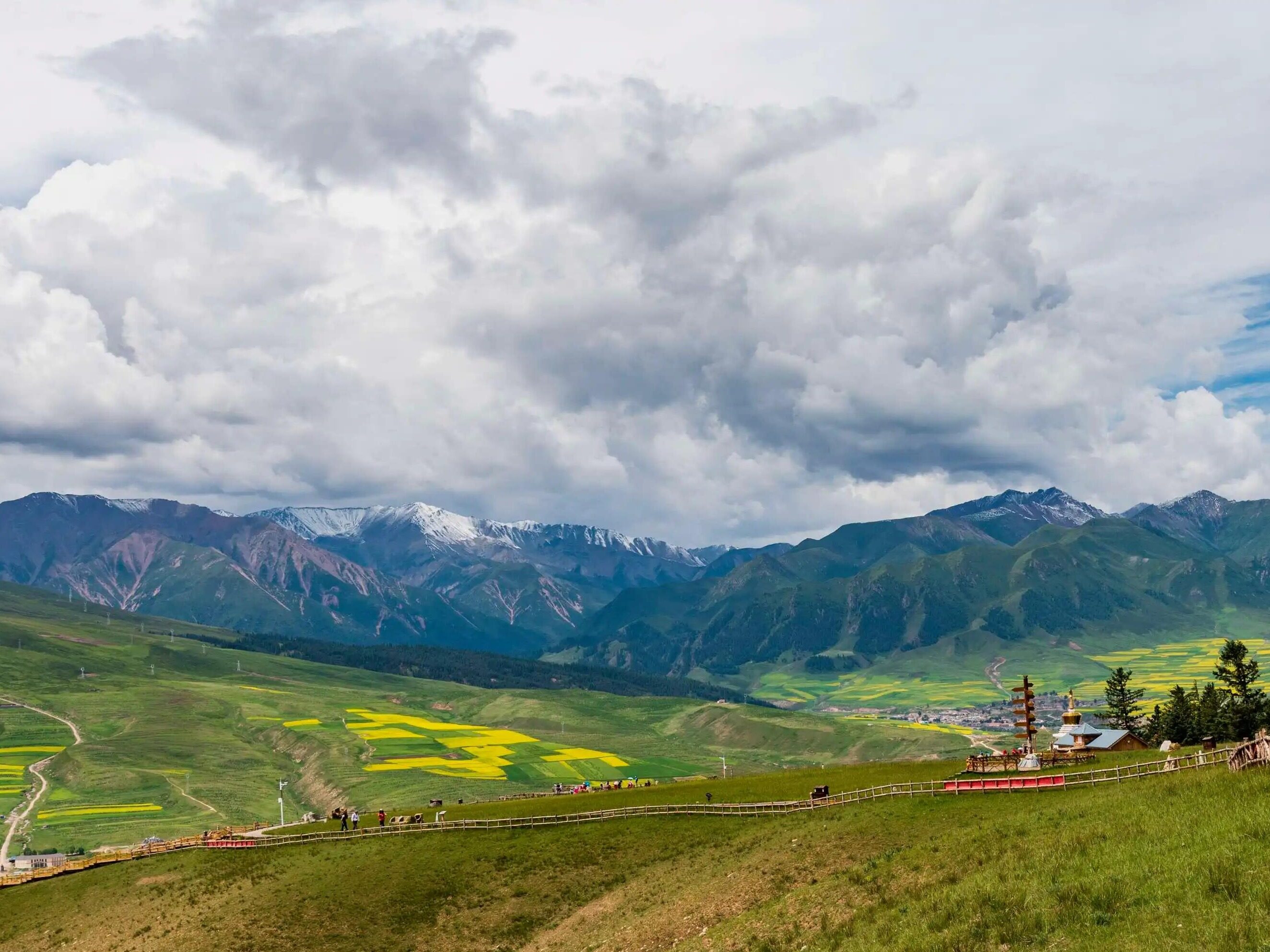






Write something~